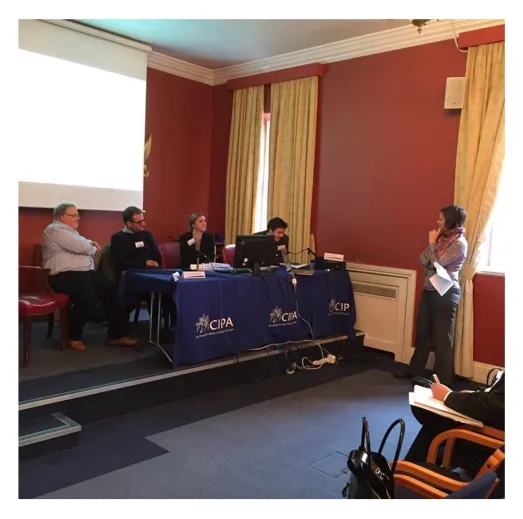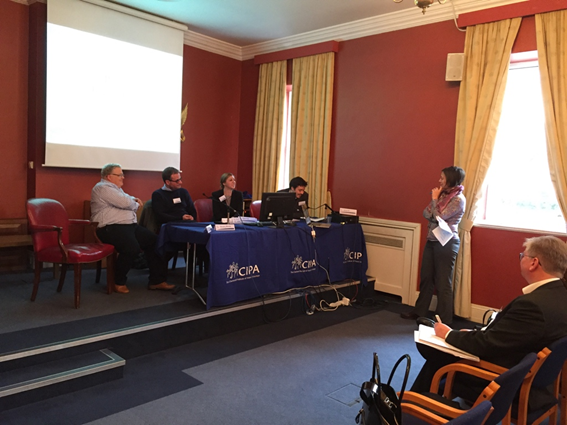The Long-Term Impact of 3D Printing on Intellectual Property
Interview with Thierry RAYNA, Professor at the École Polytechnique in the MIE Department and researcher at i3-CRG


Thierry RAYNA is a Professor at the École Polytechnique, in the Management Innovation Entrepreneurship department and a researcher at I3-Center for Management Research.
What project are you currently working on? ?
I am currently part of a research project funded by the UK Intellectual Property Office, in partnership with researchers from two Australian universities (Queensland University of Technology and Wollongong University) and the UK (UCL), which aims to study the long-term impact of 3D printing technologies (also known as “additive manufacturing”) on intellectual property.
Essentially, the question we are asked is whether the development and diffusion of these technologies – which have already greatly facilitated access to digital manufacturing and will allow everyone to manufacture objects in the future (in the same way that everyone was able to become a “printer” thanks to paper printing) – require changes to the laws governing the various industrial property rights: copyright, patents, design rights, trademark rights, etc.
The originality of our approach in this project is twofold: on the one hand, instead of focusing solely on legal and technological issues, we are interested in the question of uses. On the other hand, since these uses are essentially emerging, we have implemented a prospective methodology that is based not only on an analysis of the dynamics at work in the most advanced economies (Europe, Australia, North America), but especially those of developing economies (China, India, Russia), these countries having both weaker constraints in terms of Intellectual Property and regulation, and also strong emerging economic needs, which makes them particularly favorable grounds for the emergence of disruptive uses of 3D printing.
What developments do you see for this project?
After an initial research work where we analyzed and compared the different legal systems and case law related to the reproduction of objects in the different geographical areas covered by the project, we organized four prospective study workshops (in Australia, China, Singapore, and Russia) bringing together a variety of local actors (lawyers, hardware manufacturers, technology user companies, Fab Labs, schools and universities, elected officials and representatives of government agencies, consumers, etc.), which allowed us to better understand the dynamics at work in each of these countries and to assess the challenges ahead in terms of intellectual property. Five more of these workshops are planned in the coming months in India, the United Kingdom, France, Germany and the Netherlands. Then, we will present our final report to the Intellectual Property Office, following which it will be publicly released at a closing conference to be held in June 2018 in London.
We believe that this research work is fundamental, because it is necessary to maintain the incentive to create and innovate for traditional players (large groups, brands, artists, etc.), without restricting the creativity of new players (typically consumers and entrepreneurs) who, thanks to these technologies, are now able to take full part in innovation processes, or even initiate them. Furthermore, the École Polytechnique is very active on the 3D printing front, with, in addition to the opening of the Fab Lab at the X Novation Center, the recent launch of the Additive Manufacturing Center, and we believe that our work will be very useful to the researchers, entrepreneurs and students involved in it.
Project web site : https://3dpipfutures.com/
Personnal web site : https://www.polytechnique.edu/annuaire/fr/user/12853/thierry.rayna
Propos recueillis par Marie Claude Cléon
Back to the list